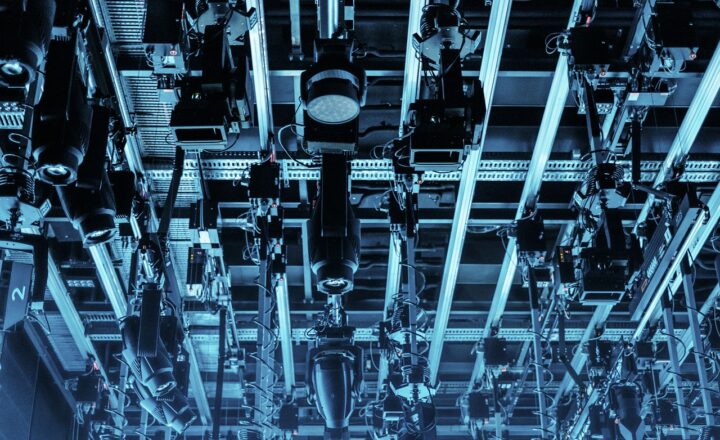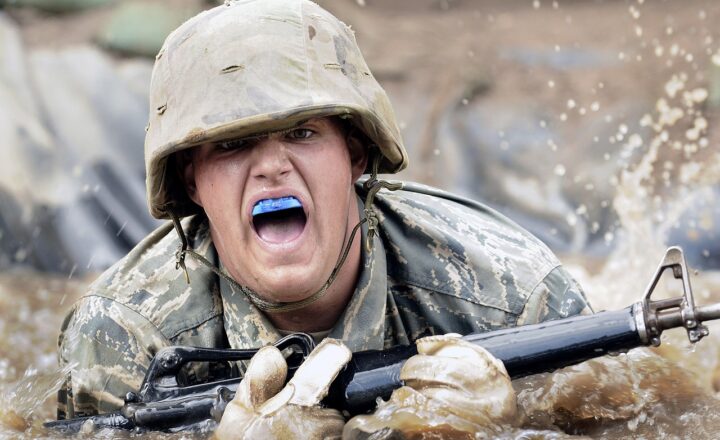
In the rapidly evolving landscape of modern warfare, technology has taken center stage, fundamentally changing how combat is conducted. One of the most significant advancements in this domain is the deployment of battlefield robots. These machines are not just tools; they represent a paradigm shift in combat scenarios, offering new capabilities that enhance military effectiveness while minimizing risks to human soldiers.
1. The Rise of Battlefield Robots
The inception of battlefield robots can be traced back to the late 20th century, but it is in the last two decades that their use has surged. Initially, unmanned aerial vehicles (UAVs) like the Predator drone were the face of this movement, enabling surveillance and targeted strikes from thousands of feet in the air. Today, however, robots are moving beyond the skies and into land and sea operations.
These technologies can be classified into various categories, including:
- Unmanned Aerial Vehicles (UAVs): Drones used for reconnaissance, surveillance, and combat operations.
- Unmanned Ground Vehicles (UGVs): Robots that can maneuver over different terrains to perform various tasks such as logistics and bomb disposal.
- Unmanned Underwater Vehicles (UUVs): Used for naval reconnaissance and mine detection, enhancing maritime safety and efficacy.
As warfare dynamics shift, it is becoming apparent that these machines can undertake tasks traditionally done by human soldiers, leading to significant operational advantages.
2. Advantages of Battlefield Robots
The integration of robots in military operations provides numerous advantages that modern combat forces cannot afford to overlook:
- Risk Mitigation: Robots can perform dangerous tasks such as bomb disposal and surveillance in hostile environments, reducing the risk to human lives.
- Enhanced Surveillance: UAVs equipped with advanced sensors can provide real-time data on enemy positions, facilitating proactive strategies and more informed decision-making.
- Cost Efficiency: Although the initial investment in robotic technology may be high, the long-term savings in terms of reduced personnel costs and increased mission success rates present a compelling argument for their deployment.
- Increased Speed and Efficiency: Robots can operate continuously without fatigue, allowing military units to maintain a constant presence and quickly adapt to changing combat conditions.
In an age where every second counts, these advantages can significantly influence the outcomes of combat encounters.
3. Real-World Applications
Several countries are already incorporating robots in their military strategies. Examples include:
- The U.S. Military: The U.S. has extensively utilized drones for reconnaissance and targeted strikes. They have also employed UGVs such as the PackBot for bomb disposal.
- Israel Defense Forces (IDF): Israel has deployed a range of robotic systems for combat and intelligence gathering, particularly in urban warfare scenarios where human troops face higher dangers.
- Russian Military Robotics: The Russian military has been testing UGVs like the Uran-9 for urban combat, showcasing their intention to modernize their capabilities using robotics.
These applications demonstrate the growing reliance on robotic systems to enhance military effectiveness across different scenarios.
4. The Future of Battlefield Robots
The future of battlefield robots looks promising, with ongoing advancements expected to revolutionize military operations further. Prospective developments include:
- AI Integration: As artificial intelligence continues to evolve, the incorporation of AI in battlefield robots may enable them to make real-time decisions, operate more autonomously, and learn from their environments.
- Swarm Technology: The concept of swarm robotics involves deploying multiple robots working in unison. This could enhance operational effectiveness by overwhelming enemy defenses and conducting coordinated strikes.
- Enhanced Battle Management Systems: Robotics will be incorporated with sophisticated systems that allow for seamless communication and coordination between manned and unmanned platforms on the battlefield.
The increasing complexity of combat scenarios demands innovative solutions, and battlefield robots are at the forefront of this transformation.
5. Ethical Considerations
As exciting as these advancements are, the use of robots in warfare raises important ethical questions:
- Accountability: Who is responsible for decisions made by autonomous robots, especially in scenarios where civilian casualties could occur? The military must consider how to manage accountability in operations involving complex algorithms and machine learning.
- Dehumanization of Warfare: The proliferation of battlefield robots could make warfare feel more detached, potentially lowering the threshold for initiating conflict. Understanding the implications of this change requires serious contemplation.
- Compliance with International Law: The legality of using robots in war, particularly concerning the rules of engagement and protection of civilians, calls for rigorous frameworks to ensure compliance with international treaties and norms.
These ethical considerations are critical as we chart the future of warfare and the role of technology within it.
Conclusion
The integration of battlefield robots is reshaping modern combat scenarios in unprecedented ways. Their ability to enhance military effectiveness, reduce human risk, and operate around the clock positions them as integral components of future warfare. Nevertheless, the implications of this technology require careful consideration of ethical frameworks, accountability, and international law compliance. As nations continue to explore this technology, the impacts on strategy, human involvement, and the nature of warfare itself will be profound. Staying ahead in the capabilities offered by these technologies will be crucial as we navigate this brave new world of combat.
With strategic foresight and ethical conviction, the military can harness the power of battlefield robots while prioritizing human integrity and international peace.







